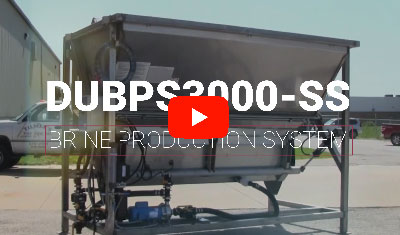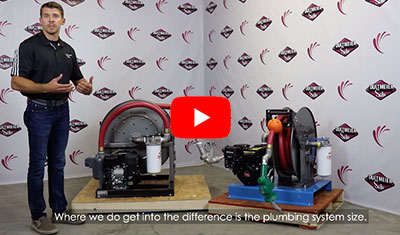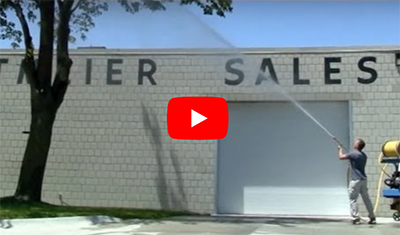Priming Failures on Self-Priming Centrifugal Pumps | Video
Gorman-Rupp Pumps briefly demonstrates the causes and effects of priming failures in a self-priming centrifugal pump. This includes air leaks, air binding, face clearance, plugged impeller eye and plugged recirculation port.
Centrifugal pumps operate by rotating a shaft-driven impeller inside a casing. When fluid is introduced to the impeller, the force of the rotation expels the fluid through a suction port. This port expels the fluid outside the casing, where it then exits a discharge port. The velocity received by the impeller is changed into pressure.
How does a Centrifugal Pump work? What makes a Self-Priming Centrifugal Pump different?
Self-priming centrifugal pumps differ from non-self-priming centrifugal pumps in that self-priming pumps will not suffer from air binding. Self-priming pumps do this by mixing air and water together and then removing excess air. This process stops during pumping, and resumes after pumping is finished.












